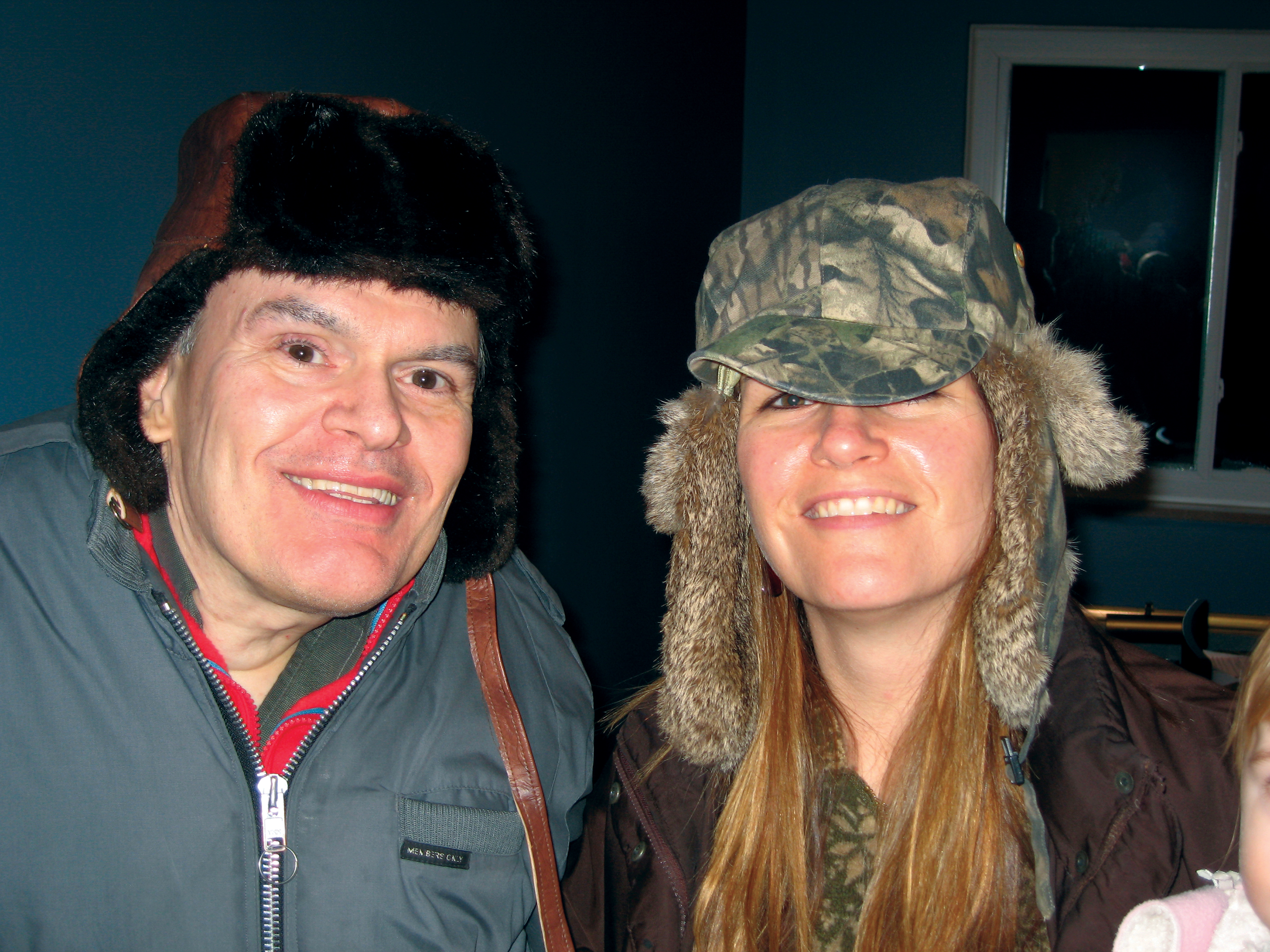
5 minute read
Living Beyond Limits
by Trice Berlinski
It was 1977. My brother Perry and I were sitting in the concourse of Fairlane Mall in Dearborn, taking a break from shopping. I was 12. Perry was almost 30. It was a pivotal moment that changed the course of my life. Perry shared a concept with me called the power of positive thinking. He told me about a book by the same name, written by Norman Vincent Peale.
At age 4 ½, Perry was stricken with polio, a debilitating disease that afflicted people in varying ways. My parents were told Perry would never walk again, but they had a different vision. Dedication to Perry’s exercise regime and his fiercely independent spirit led him to walk with braces and eventually without them. While still a child, the polio virus attacked Perry’s breathing, leaving him with a collapsed lung and 18 months in an iron lung, a mechanical ventilator wherein a person is confined to a 7-foot metal box except their head, to sustain his life.
While Perry survived that period of his life, he was challenged with a weaker body, difficulty using his thumbs and deformity of his spine, known as kyphosis, an excessive curvature of the spine giving a hunchback look. He was bullied mercilessly by other children in school and thought of taking his own life.
Instead, he created unique ways to play the sports he loved, left home for college, became an auditor for Consumers Energy, studied poker and backgammon to the point where he could have played professionally if his body could endured it, and bought and rented homes.

In 2013, Perry passed away as a result of a faulty BiPAP, a device that helps people breathe easier so they can have a better quality of sleep. As I was writing Perry’s eulogy, it occurred to me that I never heard him complain, not even if he was sick. He truly lived by the power of positive thinking.
Perry was my mentor and inspiration. In 2011, I began taking steps to leave my 20+ year career in Occupational Safety and Environmental Health to pursue a calling to teach mindfulness to children. I started my business, Presence to Pupils, LLC, then co-founded the Michigan Collaborative for Mindfulness in Education (www. mc4me.org), the first nonprofit to bring mindfulness to schools in Michigan. I taught 1000s of children from Detroit to the Upper Peninsula how to use mindfulness. In 2013, I became certified as a Meditation Instructor and began working with adults in addition to children.
Mindfulness meditation puts you in the driver’s seat of your internal state, so that you are better able to withstand the constant barrage of stressors life launches at you, whether they come in the form of middle school bullies, illness, bills, or relationship challenges.
Mindfulness is more than meditation; it is a way of being in the world that can be used throughout your day. The practice of meditation helps you become the observer of your life. It teaches you to pause and allows space for a change in perspective, resulting in potentially a different reaction, and therefore a different outcome. Mindfulness is the application of this technique when not meditating.
As Viktor Frankl, author of Man’s Search for Meaning stated, “Between stimulus and response, there is a space. In that space is our power to choose our response. In our response lies our growth and our freedom.”
Viktor Frankl survived the concentration camps of Nazi Germany. He couldn’t control his external circumstances, but could control his thoughts. He became an expert at shifting his perspective. This shift led to a healthier internal state of balanced hormones. He took the reins of control over the one area where he could, and where you can too!
Biologically, we are wired to focus on threats we may need to run from to survive. There are several other methods for survival, including fight, flight, or freeze. In more recent history, terms such as fix and fawn have been added as adaptations of survival to codependent and/or traumatic relationships.
Focusing on threats is called negative bias, and while it is crucial for our survival, excessive focus on threats, termed “paper tigers” by Dr. Rick Hanson, neuropsychologist and New York Times best-selling author, is detrimental to our health. Paper tigers can include perceived threats, worries over the past, fears about the future, etc., all of which elevate the hormones associated with stress.
Managing stress is an essential first step in creating your vision boards and bucket lists because when you’re in survival mode, it’s not a time to create. The thing is MOST people don’t even know they are in survival mode because they’ve become so accustomed, and even addicted to, the hormones of stress that it feels normal. In addition, they don’t know how to check in with their body, their very own operating system. You wouldn’t drive a car or fly a plane without learning how to operate it. Once you know how your body works and how to optimize your own system, you are empowered to create.
Harnessing positive emotions, including gratitude, will help fuel your creation(s), especially if you let go of control and fear. Instead, stay present and watch for signs along the way that may point you to a different route than the one you had planned.
A year before Perry passed, I learned he had been meditating for over 16 years. I had the fortune to teach him some of the developing science and methods of meditation I was learning, which allowed him to deepen his practice.
As a leader in the mindfulness movement Trice began teaching mindfulness in 2011. She started a non-profit in 2012, The Michigan Collaborative for Mindfulness in Education, and has taught kids, teachers, & administrators from Detroit to the UP! As a Certified Meditation Instructor, also certified in the neuroscience of change by Dr. Joe Dispenza, she has trained numerous individuals & organizations, including GM, U of M, and more.










